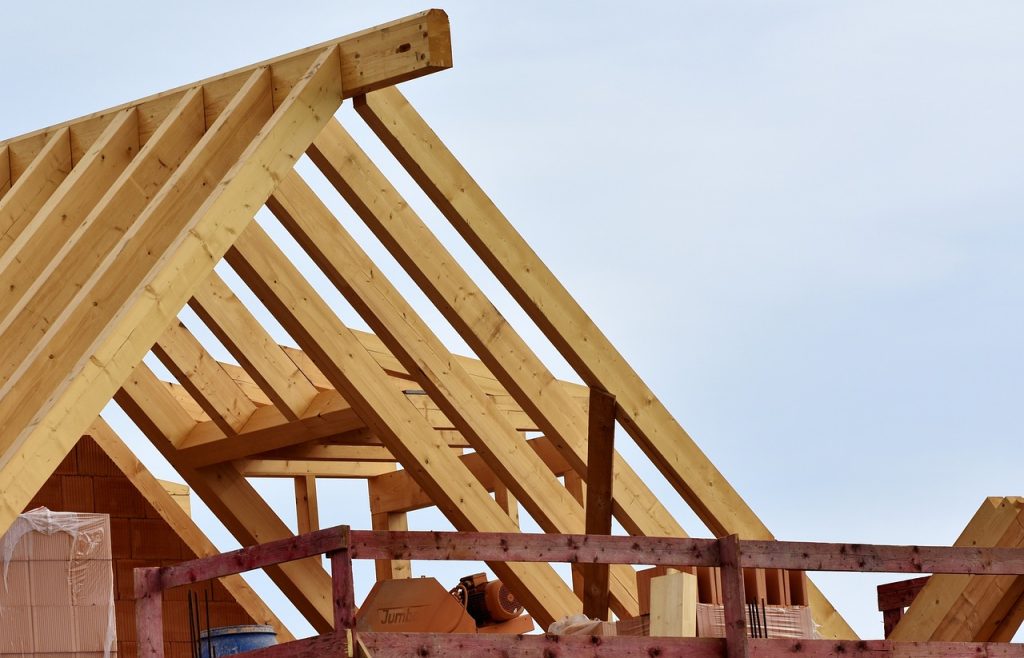
Building your dream home can be one of the most rewarding experiences of your life, but it’s no secret that home construction can be a hefty financial investment. Many homeowners are looking for ways to save money without sacrificing quality, and with proper planning and smart decisions, it’s absolutely possible to strike that balance. In this article, we’ll explore cost-saving strategies that allow you to build a high-quality home while keeping your budget in check.
1. Plan and Budget Carefully
The key to keeping costs low from the start is meticulous planning. A well-thought-out design that includes every detail—whether it’s the number of rooms, the square footage, or even the materials you plan to use—can help you avoid costly changes later in the process. It’s important to have a clear budget that includes the costs for construction, permits, utilities, and any additional features like landscaping or furnishings.
- Cost-saving Tip: Work with an architect or designer to create a detailed plan that reflects your needs and budget. Avoid frequent design changes once construction begins, as they can lead to delays and extra costs.
2. Opt for a Simple Floor Plan
While a custom, elaborate floor plan may be tempting, simplicity often yields the best results in terms of both cost and functionality. Fewer rooms, simpler designs, and an open-plan layout will reduce both construction and material costs. An intricate design with numerous corners and rooms often requires more labor, more materials, and can increase long-term maintenance costs.
- Cost-saving Tip: Stick to a straightforward design, with an efficient use of space. Open-concept designs are both modern and cost-effective, reducing the need for unnecessary walls and partitions.
3. Choose Cost-Effective, Sustainable Materials
Sustainable materials are not only better for the environment but can also be more affordable and durable. Instead of high-end finishes or rare materials, consider eco-friendly alternatives that provide the same aesthetic and functional benefits. For example, bamboo or reclaimed wood can be just as stylish as expensive hardwood, and materials like recycled steel, cork, or concrete may offer similar durability and performance as pricier options.
- Cost-saving Tip: Research sustainable, locally sourced materials that provide good quality while staying within your budget. Materials like plywood, engineered wood, and concrete can save costs and provide lasting durability.
4. Invest in Energy Efficiency
One of the best ways to save money in the long run is to invest in energy-efficient features from the beginning. Installing quality insulation, energy-efficient windows, and appliances can significantly reduce your energy bills over time. While these upgrades may have a slightly higher upfront cost, the savings they offer in energy consumption can more than make up for it.
- Cost-saving Tip: Focus on improving your home’s insulation, opting for high-quality windows and doors that help retain heat. Consider low-flow plumbing fixtures and energy-efficient lighting and appliances.
5. Do Some Work Yourself (DIY)
If you’re handy and have the time, doing some of the work yourself can reduce labor costs. For instance, tasks like painting, landscaping, installing cabinets, or even tiling can be done by homeowners with the right skills and tools. However, it’s essential to be realistic about your abilities—certain tasks, like electrical or plumbing work, should always be left to professionals to avoid costly mistakes.
- Cost-saving Tip: Start by handling simple, low-skill tasks and leave the specialized work to professionals. Be sure to consult with your contractor about what you can safely and effectively do yourself.
6. Buy in Bulk and Source Materials Wisely
Buying materials in bulk, especially for items like tiles, flooring, or insulation, can lead to significant savings. You can also find discounts at local supply stores, take advantage of sales, or even look for gently used or surplus materials that are in good condition. Don’t hesitate to check online marketplaces or local auctions for materials that are being sold at a lower cost.
- Cost-saving Tip: Look for wholesale suppliers or warehouse sales for materials, and consider working with your contractor to identify opportunities to buy in bulk.
7. Use a Competent and Experienced Contractor
Selecting the right contractor can make a huge difference in the overall cost of your construction project. A reputable contractor with experience can help you avoid expensive mistakes, streamline the process, and find cost-effective solutions without compromising quality. Be sure to get multiple quotes and review each contractor’s past projects, reputation, and references.
- Cost-saving Tip: Don’t automatically go for the cheapest option. Opt for a contractor with a proven track record, as this can save you from costly mistakes or delays in the future.
8. Prioritize the Most Important Features
If you’re on a tight budget, it’s important to prioritize the features that matter most to you. Whether it’s the kitchen, bathroom, or the layout of the living space, focus on what you use most in your daily life. For non-essential features like high-end landscaping, elaborate lighting, or extravagant finishes, you can always upgrade at a later time when your budget allows.
- Cost-saving Tip: Stick to essential features like structural work, essential plumbing, and electrical systems first, and postpone non-essentials like fancy lighting or high-end appliances until later.
9. Take Advantage of Tax Credits and Incentives
Many governments offer financial incentives or tax credits for sustainable building practices, energy-efficient upgrades, or the use of renewable materials. By researching these incentives, you can take advantage of rebates or credits that can help offset your construction costs.
- Cost-saving Tip: Check if there are local, state, or federal programs that offer rebates or incentives for energy-efficient homes, renewable energy installations (solar panels), or green construction methods.
10. Avoid Overbuilding for Your Needs
While it may be tempting to add extra space or features, building more than you actually need is a surefire way to raise costs. It’s important to build a home that suits your lifestyle, not a house that will just impress others. Extra bedrooms, large foyers, or excessive space in unused areas can increase both construction costs and long-term maintenance.
- Cost-saving Tip: Focus on building a home with adequate space that matches your needs, avoiding excess that won’t enhance your daily life.
Conclusion
Building a home on a budget doesn’t have to mean compromising on quality. By making informed decisions about design, materials, and contractors, and by taking advantage of sustainable practices, you can create a beautiful, functional, and cost-effective home. With careful planning, prioritization, and smart choices, you can reduce your construction costs without sacrificing the quality or long-term value of your home. The key is to think ahead, plan wisely, and be strategic about where and how you invest your money.
